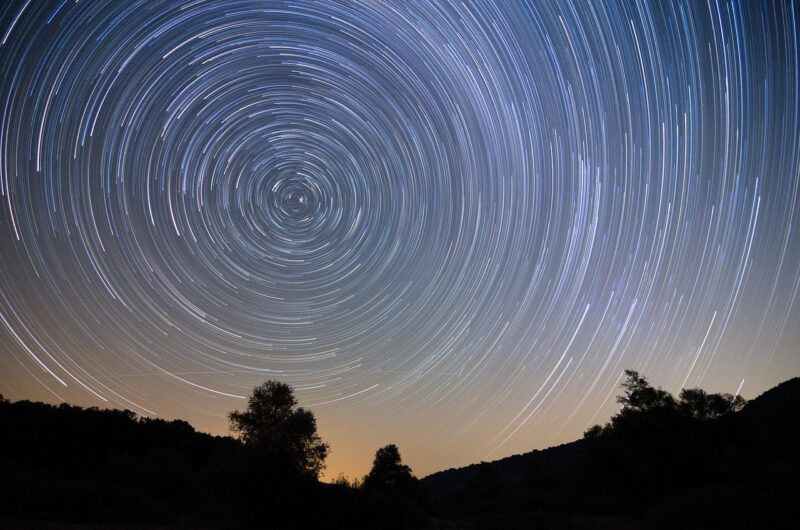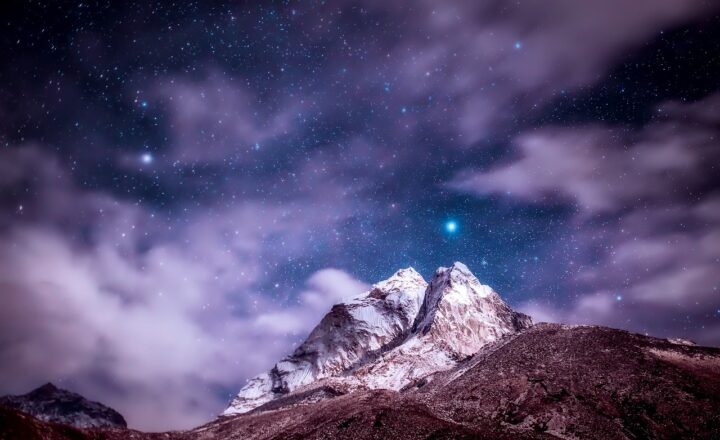
When you step outside on a clear night, you may find yourself captivated by the celestial chorus of twinkling stars shining in the vastness of the universe. The flickering lights of stars can create a magical spectacle, but have you ever wondered why only stars twinkle while planets appear as steady points of light? In this article, we will delve deep into the science behind this intriguing phenomenon, exploring the interplay of light, distance, atmospheric conditions, and the very nature of stars and planets.
1. The Basics of Light
Before we tackle why stars twinkle, it’s essential to understand how light behaves. Light travels in waves and can exhibit both particle-like and wave-like characteristics—a phenomenon known as wave-particle duality. When light travels through a uniform medium, it maintains a consistent path. However, variations in that medium can affect how we perceive light.
2. Stars vs. Planets: What’s the Difference?
While stars and planets can often be found in the same patterns in the night sky, they are fundamentally different objects:
- Stars: Massive balls of gas that generate energy via nuclear fusion at their cores. They emit their own light, and their immense distance from Earth makes their light appear as point sources.
- Planets: Celestial bodies that orbit stars, reflecting sunlight rather than generating their own. Their relatively closer proximity to Earth results in a steadier appearance, making them look like little more than bright dots in the night sky.
3. The Role of the Earth’s Atmosphere
The primary reason stars twinkle while planets do not lies in the Earth’s atmosphere. Light from celestial bodies must pass through the layers of our atmosphere before reaching our eyes. As the light travels, it encounters various atmospheric conditions:
- Refraction: As light passes through different layers of air (which may vary in temperature and density), its path can be bent or refracted. This bending causes stars to shift slightly in position and brightness, leading to the twinkling effect.
- Air Turbulence: The atmosphere is in constant motion. Changes in wind speed and directions can create turbulence, which distorts the light from stars as it travels through, intensifying the twinkling appearance.
Planets, on the other hand, tend to be closer and appear larger due to their relative size. This size means that their light is less affected by atmospheric conditions. Rather than producing a shimmer, their light forms a more consistent point in the sky, making them appear stable.
4. Star Color and Twinkling
Interestingly, the twinkling of stars can also give us clues about their properties. For example, different stars emit various colors of light—red, green, blue, or white—based on their temperature. When starlight passes through our atmosphere, its color can also shift in brightness as the air refracts the light:
- Blue Stars: Often twinkle more vigorously than red stars due to their light passing through the atmosphere more than longer wavelengths.
- Red Stars: Generally twinkle less prominently, creating a soothing, steady light in comparison.
This observation can be not only fascinating but also useful for astronomers who study stars’ temperatures and compositions based on their brightness and color variations.
5. Factors Influencing Twinkling
Several factors can influence the extent to which stars twinkle:
- Altitude and Weather Conditions: Stars typically twinkle more in low-altitude areas, where atmospheric turbulence is higher. Conversely, at higher altitudes (like mountaintops), where there are fewer atmospheric disturbances, stars can appear steadier.
- Light Pollution: In urban areas with significant artificial lighting, the overall brightness can obscure the twinkling phenomenon. Seeing clear stars is often easier from locations with less light pollution.
6. Conclusion
The twinkling of stars created by the atmospheric effects underscores the complex relationship between light, celestial bodies, and our atmosphere. While both stars and planets grace our night sky, their behaviors are fundamentally different due to their unique characteristics and how light interacts with the atmosphere. So next time you gaze up at the stars sparkling overhead, you’ll not only be captivated by their beauty but also be enchanted by the science behind their shimmering dance in the cosmos.








